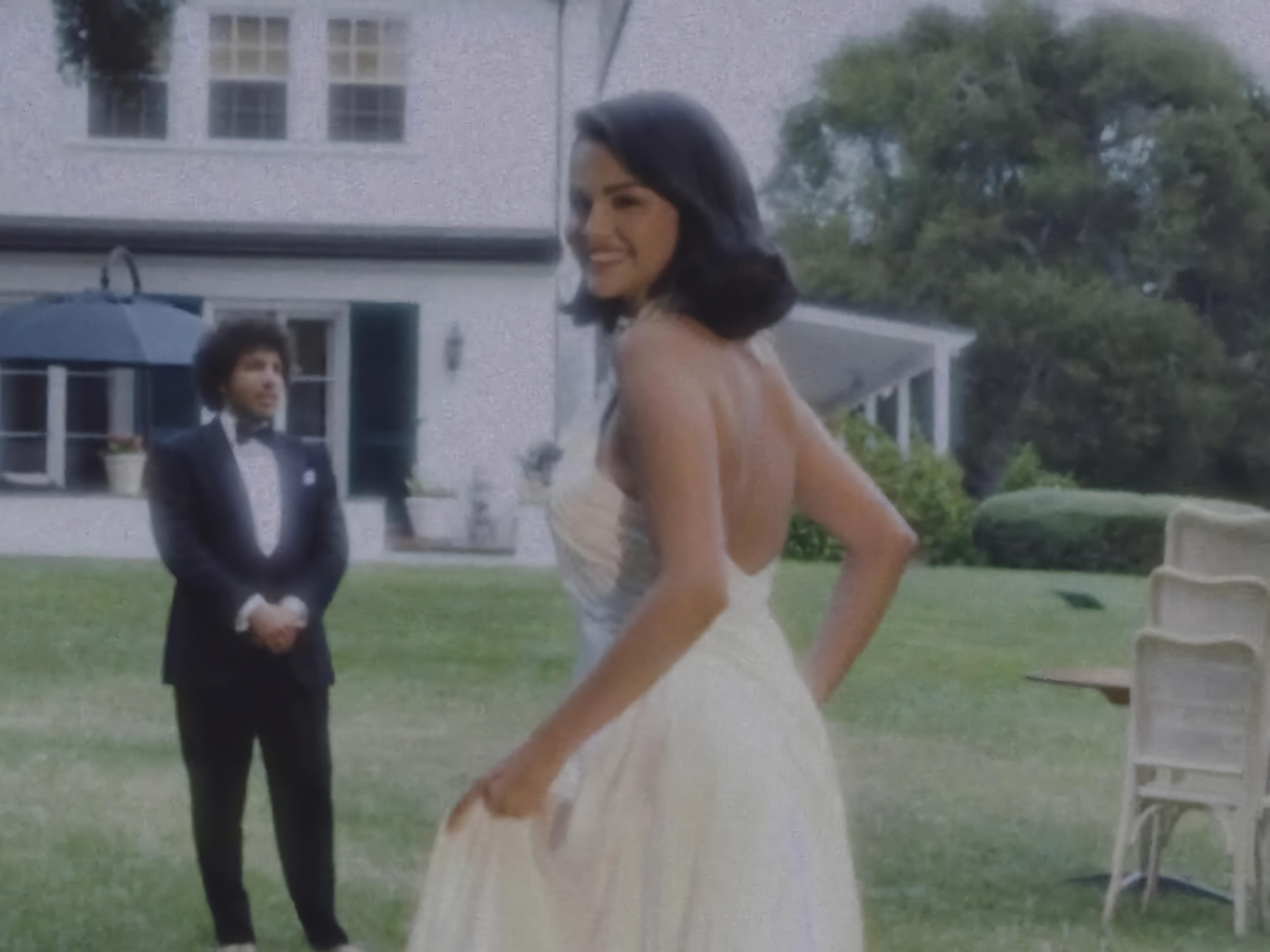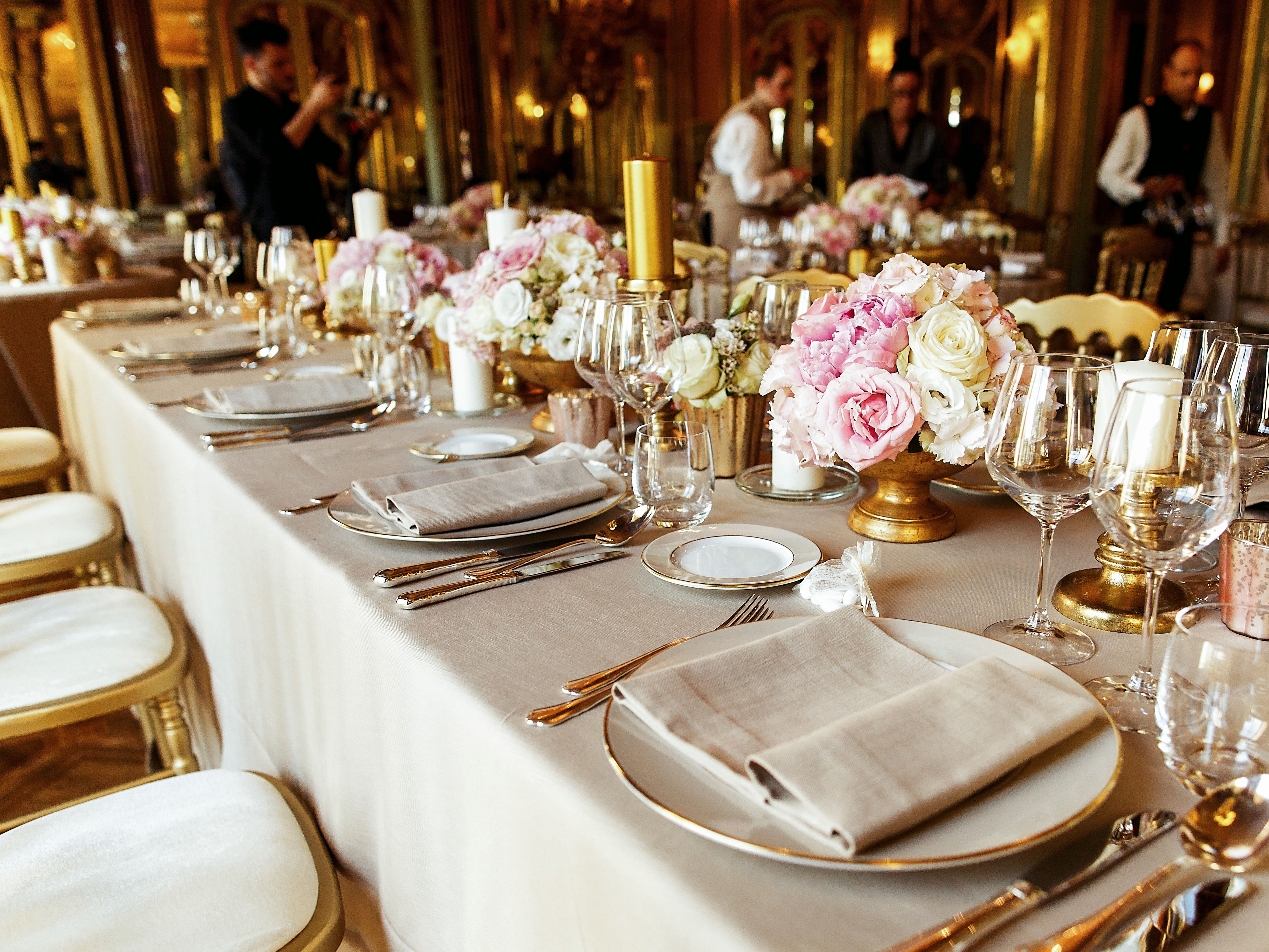News / October 2025
How Atmosphere Transforms Gatherings Into Experiences
Every event is more than a program or a schedule. What truly stays with people is the way the space made them feel. The atmosphere of a gathering, shaped by light, sound, and décor, guides emotions in subtle ways and turns ordinary moments into lasting experiences. When designed with care, atmosphere has the power to transform a simple event into a memory that lingers.
First Impressions Matter
The first few seconds after guests arrive often determine how they perceive the entire occasion. A warmly lit entrance can create a sense of comfort, while overly bright or sterile light may feel uninviting. Soft background music makes the transition smoother, while silence can leave the space feeling unfinished. These small details combine into the first impression, setting the mood that carries through the rest of the event.
Lighting as the Mood Creator
Lighting is one of the most direct ways to influence emotion. Warm tones encourage intimacy and ease, while cooler hues create focus and calm. Bright spaces energize and draw attention, while dimmer ones invite quiet reflection. Changing the intensity or color of light during key moments can emphasize transitions and heighten emotion. Thoughtful use of lighting ensures that each stage of the gathering is framed in the right mood.
Sound as an Emotional Anchor
Sound reaches guests on a level that often bypasses conscious thought. Music choice, tempo, and rhythm subtly shape energy and mood, from lively playlists that spark excitement to gentle melodies that encourage conversation. Volume and clarity also matter, since sound that is too loud overwhelms and sound that is too soft loses its effect. Even the absence of music can be powerful, as intentional silence draws focus to a moment of importance.
Décor and the Language of Space
Décor communicates without words. Colors evoke specific responses, with red suggesting energy, blue bringing calm, green connecting with balance, and yellow lifting spirits. Materials and textures also influence perception, with velvet or plush fabrics suggesting comfort and luxury, and sleek finishes expressing modernity. The way a space is arranged affects how guests interact with one another. Clear pathways encourage flow, while bottlenecks create discomfort. Strong visual elements, like an artistic backdrop or a floral centerpiece, provide anchors that guests will remember long after the event ends.
Designing for Lasting Memories
The most powerful memories from an event often come from how it made guests feel. Aligning lighting, sound, and décor with the emotional flow of the gathering creates an experience that feels deliberate and meaningful. Shifts in mood add variety, keeping the experience dynamic, while one or two striking moments such as a lighting change, a song, or a unique design element can become the peak memories that stay with people long after the event concludes.
*Sources: CPG, EMRG Media
*Photo: Freepik






